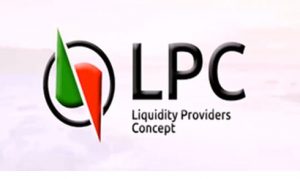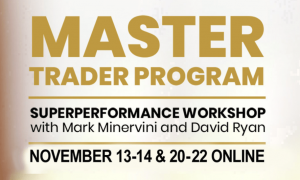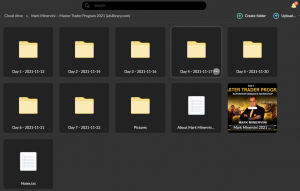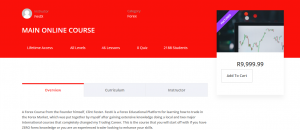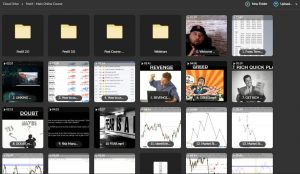About Course:
The Price Action and Orderflow Course is based on a series of live webinars by the author in which the hewill teach his approach to trading Bitcoin and other financial markets.
This course has over 10 hours of videos demonstrating a comprehensive approach to trading price action and orderflow.
You will develop an in depth understanding of mechanics and the liquidity dynamics which govern how price moves in market, as well as where to anticipate volatility, what kind of orderflow to look for before taking a trade in market and how to identify key levels using price action and volume profile.
If you want to improve as a trader, this is a great place to start.
The Price Action and Orderflow Course is based on a series of live webinars in which I teach my approach to trading Bitcoin and other financial markets.
The course contains over 10 hours of content demonstrating a comprehensive approach to trading price action and orderflow.
You will develop an in depth understanding of market mechanics and the liquidity dynamics which govern how price moves, as well as where to anticipate volatility, what kind of orderflow to look for before taking a trade and how to identify key levels using price action and volume profile.
If you want to improve as a trader, this is a good place to start.
Market Microstructure and Liquidity Basic
Understanding the role of market microstructure in determining prices and explaining how the market moves with an emphasis on efficiency and inefficiency.
Identifying Key Structures (Flags and Flags Limits)
Understanding price action in terms of efficiency and inefficiency and learning how to spot weakness and identify important structures around which to frame trades.
Market Structure (Engulf and FTR)
Developing a structure around which to frame trades based on the ability to identify liquidity and illiquidity.
Anticipating Volatility (Liquidity Gaps and Compression)
Understanding different trading environments and what to look for as price approaches a level, including liquidity gaps, compression, basing, news or price action “events” and impulsive price action.
Navigating Scale (Trading Flow and Managing Expectations)
Forming an expectation for price based on a flexible approach to top-down analysis and an understanding of how liquidity dynamics interact with structure across or between different timeframes
Volume Profile
Forecasting volatility and adapting to a range of trading environments using volume profile to identify areas of balance and imbalance.
False Breaks
Trading false breaks under different market conditions based on an understanding of the orderflow dynamics responsible for a failed breakout.
Orderflow Dynamica and the Footprint
Reading the footprint chart and using it to gauge fluctuations in supply and demand by identifying absorption, imbalance and exhaustion.
Psychology
Creating a process-oriented approach to trading and using primary control strategies to build confidence and mitigate the impact of both cognitive bias and negative emotions.


 Over 1.000 comments
Over 1.000 comments



